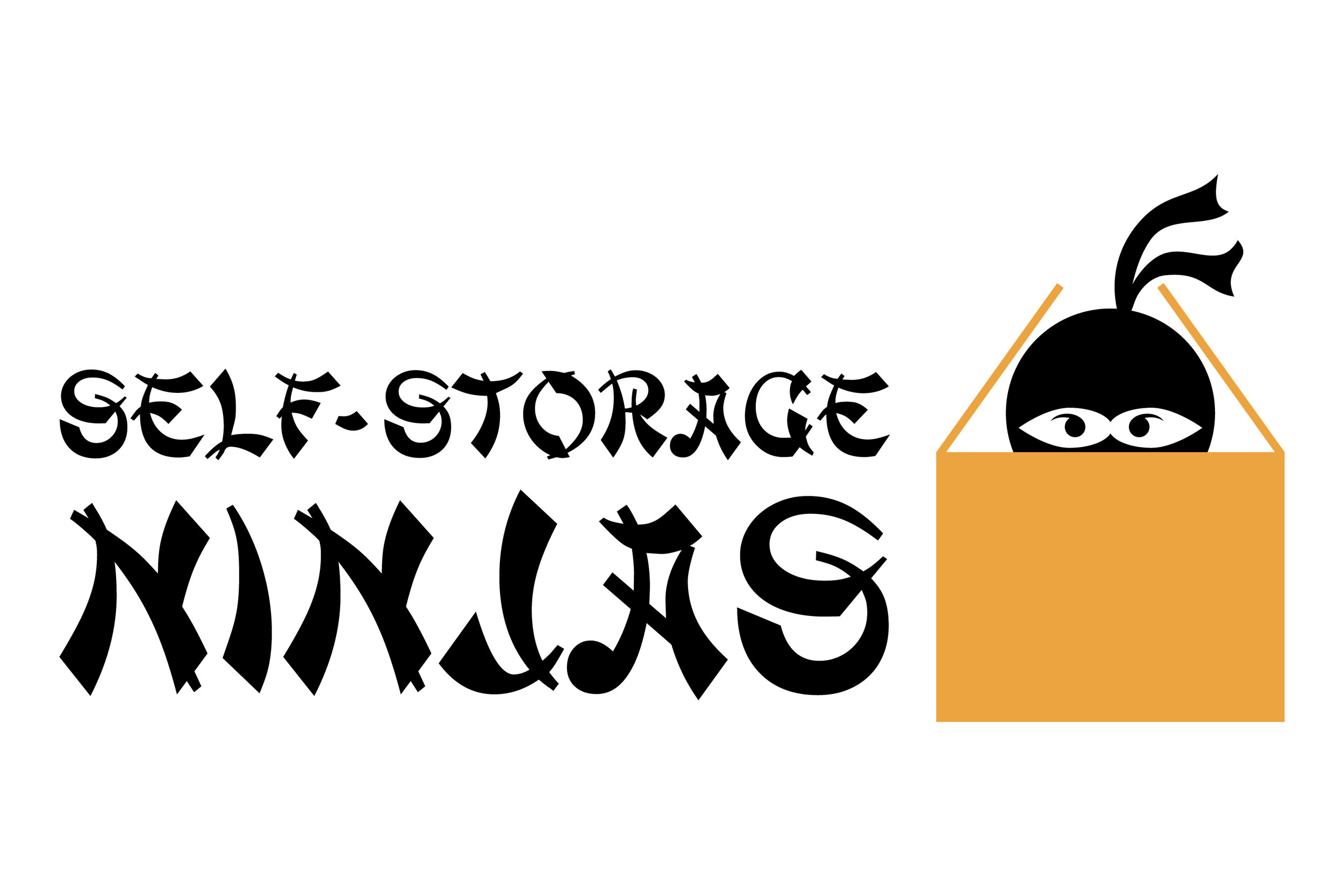What is Dynamic Pricing, Anyway?
A cornerstone of self-storage operations—as well as of self-storage development and acquisition considerations—is dynamic pricing. Whether or not to implement it, the pros and cons of its use, and, of course—what the heck it actually means to practice dynamic pricing.
Defining Dynamic Pricing (aka Value Pricing)
Dynamic pricing can be defined as adjusting unit prices and promotions based on unit demand and the desirability of units, a practice that is taken into account in self-storage feasibility studies and when evaluating a storage facility for purchase. (It is also considered in boat and RV storage feasibility studies, though few boat and RV storage facilities implement it.)
This creates a “dynamic” way of adjusting prices.
Why is Dynamic Pricing Important?
Dynamic/value Pricing does what it implies. It brings value to tenants and helps you sell your units at fair and reasonable prices that adapt to changing markets and needs. This allows you to adjust prices in real time and prevents missed opportunities in terms of lost revenue.
Self-storage feasibility study consultants love to see facilities implementing dynamic pricing in a market where they are conducting feasibility studies because prices will be higher, and high prices are key to making new development worthwhile. Why is that?
Because dynamic pricing ultimately results in maximized prices. By shifting your pricing in this way, you scale and fall back with competitors and maybe even have the chance to offer a better deal. Of course, you also increase prices as you have less supply and more demand, even if competitors are not keeping pace with the market.
Location is everything in self-storage. The difference of a block can mean a difference in pricing, amenity sell points, and sizing when it comes to unit availability.
Ultimately, once your facility is stabilized, you may only be competing against yourself if other facilities in the market do not have supply to sell, even if they are not raising their rates. Smart operators adjust rental rates on availability and demand for units at their facility, and keep increasing rates on unit sizes and types in short supply.
There are tools to help self-storage owners lean into dynamic pricing instead of making kneejerk reactions. Forecasting is an excellent way to determine when and how to change prices, or, if they should change at all. By looking at your historical data as well as that of competitors, you know in which months demand increases and decreases, and can adjust prices as appropriate.
Boat and RV facilities, on the other hand, are known to do poorly at this practice. They are less likely to implement proper pricing techniques. This habit makes for a tough time for boat and RV storage feasibility consultants. They must look to other markets with similar consumer bases to project attainable prices for their client’s facility.
How dynamic pricing can improve your bottom line
By fluctuating unit prices to keep up with competing facilities, you up-sale customers based on unit size availability. Does this increase your bottom line? Yes. Does it have the potential to irritate customers? Yes.
However, an improved bottom line is a chief focus of a for-profit business, and when availability is short for a particular unit size, it only makes sense to raise the price to keep pace with demand. This practice is how you maximize the value of your facility.
If your competitors are practicing dynamic pricing, you should be, too. If your competitors are not, you should anyway!
What Is and Isn’t Dynamic Pricing
If a facility says the prices change all the time based on availability, they are using dynamic pricing. If they say prices increase once a year for existing tenants and prices change all the time for new tenants, that is still dynamic pricing.
If they say prices increase once a year for existing tenants and once a year for all rates for new tenants, that is not dynamic pricing. This is simply an annual price increase.
Web promotions are often tied to dynamic pricing. If a facility has offers such as getting the first month free or for 50% is only for some unit types but not others, those are indicators that a facility is using dynamic pricing.
If a facility is offering a 10% senior discount or military discount, that does not indicate dynamic pricing.
For example, REITs (real estate investment trusts) always use dynamic pricing, and if a facility appears to have multiple units of the same size at different prices, they are for sure using dynamic pricing.
Common Concerns of Practicing Dynamic Pricing
The main concern around dynamic pricing—besides what the heck it means—is how customers will react to being quoted two different prices for the same unit size only a few days apart from one call to the next.
If you are not sure how to present this to your customers and potential customers, make a few phone calls to REITs. Their employees will matter-of-factly tell you that prices change based on availability, and the only way to lock in your price is to reserve or rent a unit. It is really that easy!
